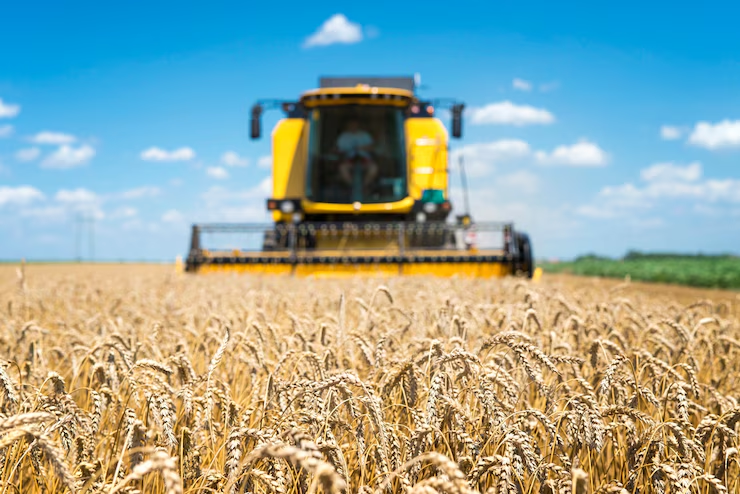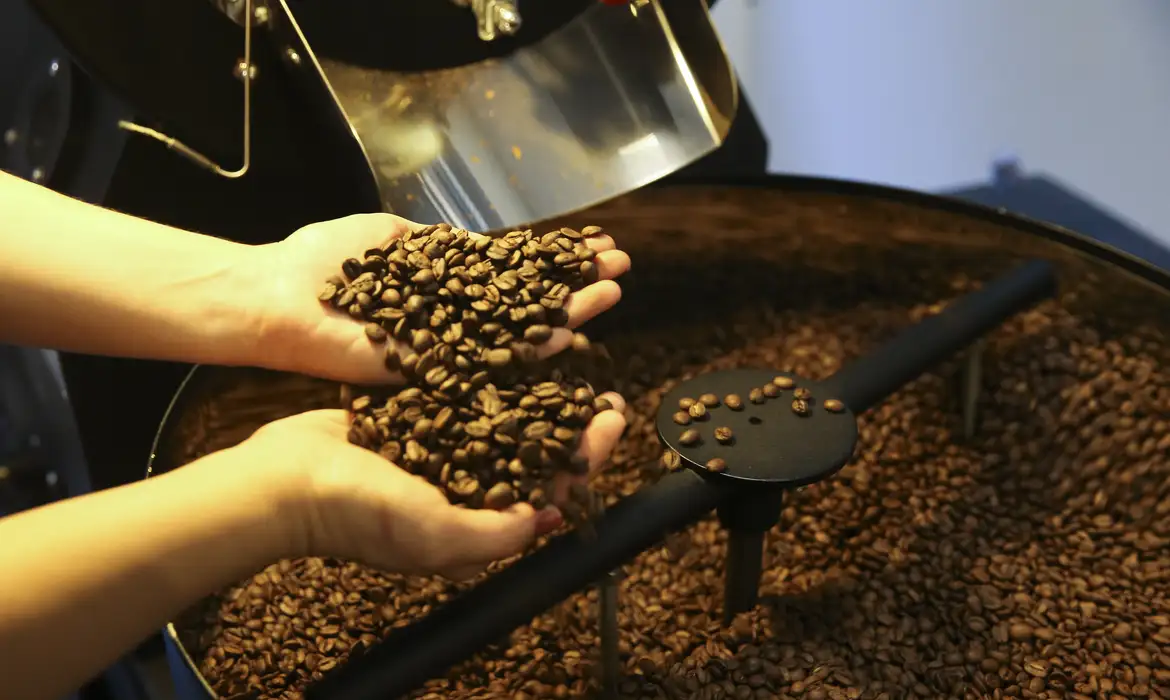Border between Amazon and Cerrado: climate could compromise the viability of 74% of agricultural land by 2060

One of the points addressed by the study is that large-scale monoculture, with intensive irrigation systems and excessive use of inputs and fertilizers, is unsustainable. Another warning is about the scarcity of natural resources, since in some regions, climate change could already compromise the abundance of Brazilian agriculture. According to the document, there are projections that on the Amazon/Cerrado border, variations in the regional climate will compromise the viability of 74% of current agricultural land by 2060.
However, some points in the study are disputed by professionals in the sector. Albenir Querubini, a lawyer specializing in agribusiness and a professor of law applied to agribusiness, states that Brazil is a resilient country in relation to climate change. “We have a huge forest cover. In addition, rural properties have permanent preservation areas (APP) and legal reserves — which vary from 20 to 80%, depending on the biome. Brazilian agribusiness, as a rule, adopts soil conservation practices, with increasingly improved management,” the specialist counters.
Effects of climate change
Data from Map Biomas reveals that, in 38 years — from 1985 to 2022 — the area used for agriculture in Brazil grew by 95.1 million hectares. The coordinator of the Thematic Report on Agriculture, Biodiversity and Ecosystem Services, Gerhard Ernst Overbeck, states that this growth, in most cases, occurred at the expense of the destruction of native vegetation, equivalent to 10.6% of the national territory.
The impact of growth can be seen in climate change, since in 2022, agriculture occupied 33% of the country’s area and its emissions accounted for around 27% of the total 2.3 billion tons of greenhouse gases (GHG) released by Brazil into the atmosphere. The report indicates that this growth will continue and considers that if the current agribusiness model in the country continues, projections of future scenarios indicate an increase in the area allocated to the sector. This “will have negative impacts on the environment and local communities”, says the study.
According to Professor Querubini, the impact of climate is inherent to agricultural activity. “Agribusiness is influenced by the fact that agricultural activity is directly linked to agrobiological risks — which include climate issues — since we are talking about production based on plants and animals and this has a direct impact. Therefore, the better the environmental quality, the better the impact will be for those who produce.”
Grain producer Leonardo Boaretto has soybean, corn and bean farms in the interior of Goiás and has noticed that things have changed in recent years. “What we are seeing are more frequent extreme events. Like El Niño and La Niña, which are more frequent. And these phenomena affect part of our business.”
Long-term changes
In Juiz de Fora, Minas Gerais, silage corn producer Marcelo Barone says that since last year he has noticed a change in rainfall patterns, which has negatively affected production. “Here in our region, rainfall has been quite irregular and, at times, in smaller volumes. When there was a larger volume, it was very concentrated and the rain was not well distributed, which is why production was negatively affected at crucial moments of plant germination, growth and then ear formation.”
The two producers, both from Goiás and Minas, agree on the impact of climate on agricultural production and on another point. According to them, when talking about climate change, it is necessary to have a broad view of the time interval. “In agriculture, the cycles are always long and we cannot look at just one or two years. This makes it impossible to say whether these recent changes are just characteristics of a cycle or whether they actually characterize a broader change,” Barone says.
Once again, the agribusiness specialist argues that the means of production adopted today in Brazil follow a sustainable model. “It is enough to remember that we already have producers who work with bio-inputs — reducing dependence on fertilizers and pesticides. Brazilian agribusiness is always advancing in terms of sustainable production.”
About the study
Prepared over three years by 100 professionals from numerous areas — linked to more than 40 institutions distributed across all of the country’s biomes — the Thematic Report on Agriculture, Biodiversity and Ecosystem Services presents proposals for better management of natural capital in the country’s rural areas.
The idea of the content is to influence managers and leaders in the public and private spheres in decision-making with a focus on sustainability and the balance between agriculture, biodiversity and ecosystem services.
By Brasil 61




